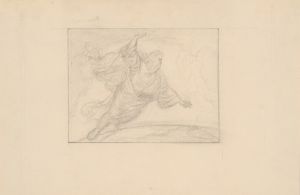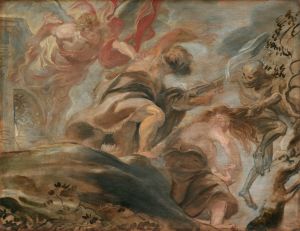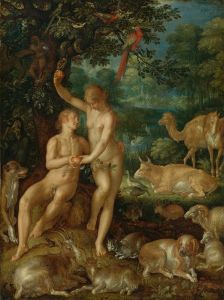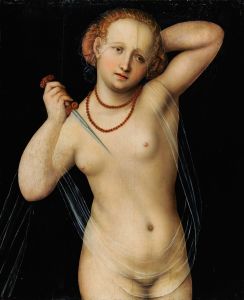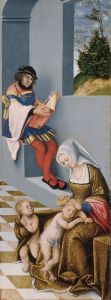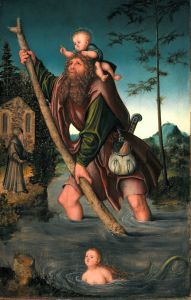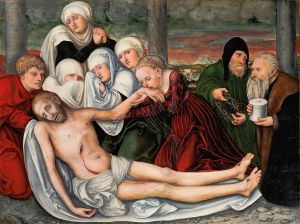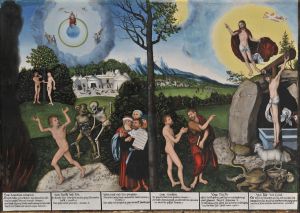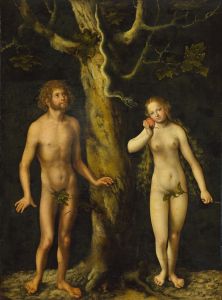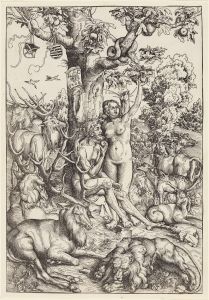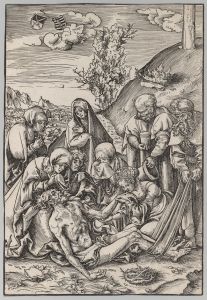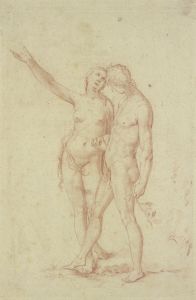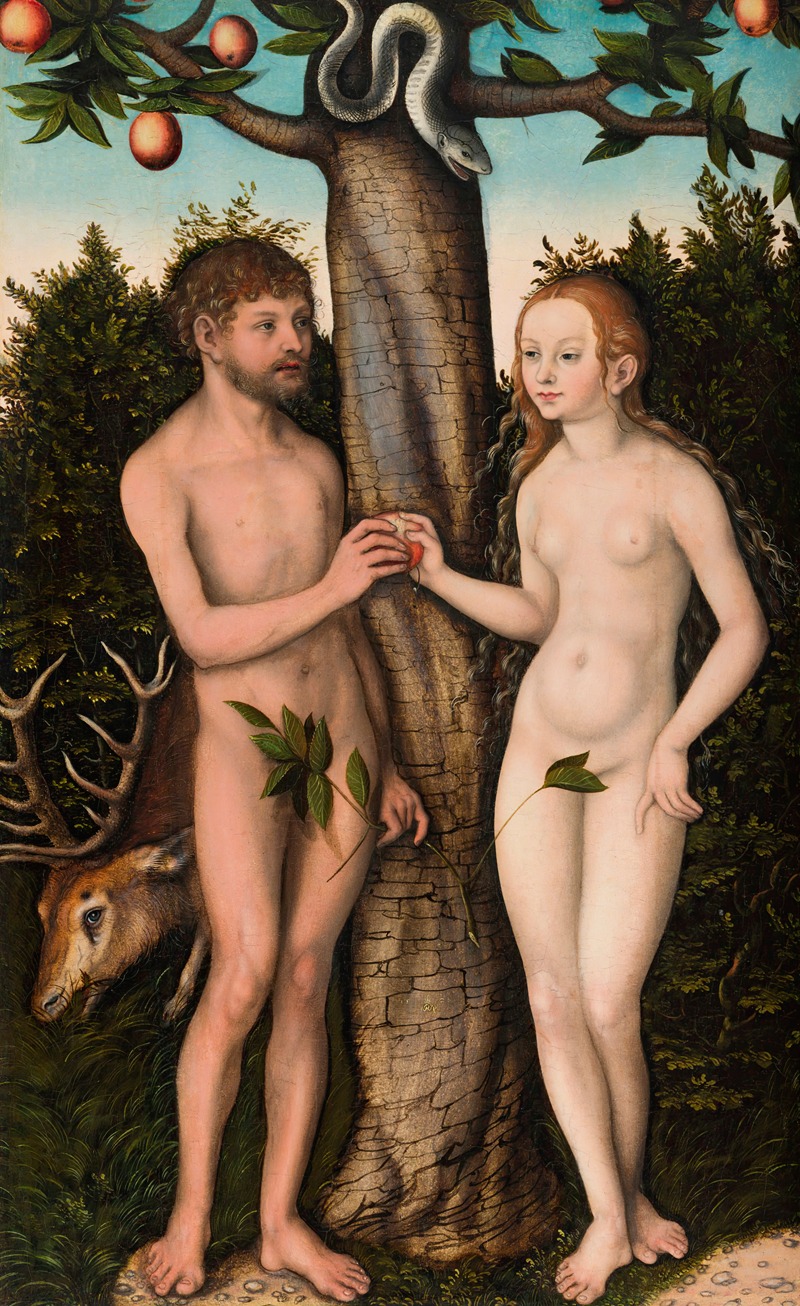
Adam and Eve
A hand-painted replica of Lucas Cranach the Elder’s masterpiece Adam and Eve, meticulously crafted by professional artists to capture the true essence of the original. Each piece is created with museum-quality canvas and rare mineral pigments, carefully painted by experienced artists with delicate brushstrokes and rich, layered colors to perfectly recreate the texture of the original artwork. Unlike machine-printed reproductions, this hand-painted version brings the painting to life, infused with the artist’s emotions and skill in every stroke. Whether for personal collection or home decoration, it instantly elevates the artistic atmosphere of any space.
"Adam and Eve" is a renowned painting by Lucas Cranach the Elder, a prominent German Renaissance artist. Cranach, born in 1472, was a leading figure in the Northern Renaissance, known for his portraits, religious subjects, and mythological scenes. His work is characterized by its attention to detail, vibrant colors, and the incorporation of both Gothic and Renaissance elements.
The painting "Adam and Eve" was created in 1526 and is one of several works by Cranach on this biblical theme. It depicts the biblical story of the first man and woman, Adam and Eve, as described in the Book of Genesis. The narrative centers on the moment before the Fall of Man, when Eve is tempted by the serpent to eat the forbidden fruit from the Tree of Knowledge.
In this artwork, Cranach presents Adam and Eve standing together in the Garden of Eden. Eve is shown holding the fruit, often interpreted as an apple, which she has taken from the serpent coiled around the tree. Adam stands beside her, reaching out to take the fruit. This moment captures the pivotal event that leads to their expulsion from paradise.
Cranach's depiction of Adam and Eve is notable for its stylized figures and the artist's distinctive approach to the human form. The figures are elongated and graceful, with a sense of elegance that is typical of Cranach's style. The background of the painting is lush and detailed, filled with various plants and animals that evoke the richness of the Garden of Eden.
The painting reflects the influence of both Gothic and Renaissance art. The Gothic influence is evident in the elongated proportions and the decorative details, while the Renaissance influence is seen in the naturalistic depiction of the human body and the use of perspective. Cranach's work often includes symbolic elements, and "Adam and Eve" is no exception. The serpent, the tree, and the fruit all carry significant symbolic weight, representing temptation, knowledge, and the fall from grace.
Lucas Cranach the Elder was a contemporary and friend of Martin Luther, and his work often reflects the religious tensions of the time. While "Adam and Eve" is a traditional biblical subject, Cranach's interpretation may also be seen as a reflection on human nature and morality, themes that were central to the Reformation.
The painting is housed in the Uffizi Gallery in Florence, Italy, where it is part of a significant collection of Renaissance art. It continues to be studied and admired for its artistic merit and its insight into the cultural and religious context of the 16th century.
Cranach's "Adam and Eve" remains an important work for its artistic innovation and its contribution to the visual representation of biblical themes during the Renaissance. The painting exemplifies Cranach's skill in blending traditional religious iconography with the emerging humanist ideals of the time, making it a valuable piece for both art historians and enthusiasts alike.





